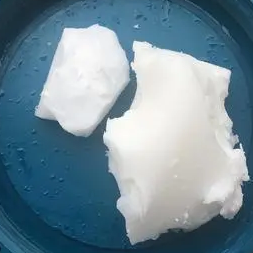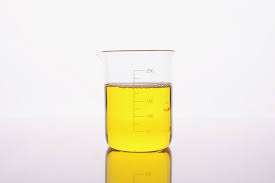**The Unsung Hero in Your Lungs: The Magic of Surfactant**
(What Is Lung Surfactant)
Imagine blowing up a balloon coated with sticky honey. The rubber stretches thin, fighting to stay inflated. Now picture letting go. Without something to ease the tension, the balloon collapses instantly. This is what your lungs would face every time you breathed if not for a hidden hero: lung surfactant.
Lung surfactant is a slippery, soap-like mixture made by your body. It coats the inside of tiny air sacs in your lungs called alveoli. These sacs are where oxygen enters your blood and carbon dioxide exits. Each breath inflates and deflates them, like millions of microscopic balloons. Without surfactant, these sacs would stick together when you exhale, making it nearly impossible to reinflate them. Breathing would feel like lifting a boulder with every inhale.
The magic of surfactant lies in its chemistry. It’s mostly fats—specifically phospholipids—and a handful of proteins. Together, these ingredients reduce surface tension. Surface tension is the force that makes water form droplets or lets insects skate across ponds. In your lungs, too much surface tension is dangerous. It pulls the walls of alveoli together, like a wet plastic bag glued shut. Surfactant acts as a biological detergent, loosening this grip so your lungs stay flexible.
Babies in the womb don’t need surfactant until the third trimester. Before that, their lungs are filled with fluid, and oxygen comes from the mother. But as birth approaches, cells in the lungs start churning out surfactant. This prepares the baby to breathe air. Premature babies often struggle because their bodies haven’t made enough surfactant yet. Their lungs stiffen, leading to a condition called respiratory distress syndrome. Doctors treat this by giving artificial surfactant directly into the lungs, a life-saving trick copied from nature.
Surfactant isn’t just for newborns. Adults need it too. Damage from infections, pollution, or smoking can disrupt surfactant production. Without it, even simple breaths become exhausting. Diseases like pneumonia or COPD partly work by messing with this system. Researchers study surfactant replacements not just for babies but for adults with lung injuries.
Here’s a fun twist: surfactant might explain why hiccups exist. One theory says the quick gasp of a hiccup helps distribute surfactant in unborn babies, prepping their lungs for the outside world. It’s a weird reflex, but maybe it’s nature’s way of testing the surfactant supply.
The story of lung surfactant is a mix of biology, physics, and sheer survival. It’s a reminder that some of the body’s most vital tools are invisible. Next time you take a deep breath, thank the slippery film keeping your lungs from collapsing. It’s working overtime, silently, so you don’t have to think about it.
(What Is Lung Surfactant)
Scientists still explore how to improve artificial surfactants or repair damaged ones. For now, this natural marvel stays busy behind the scenes. It’s not glamorous, but without it, every breath would be a battle.
Inquiry us
if you want to want to know more, please feel free to contact us. (nanotrun@yahoo.com)




